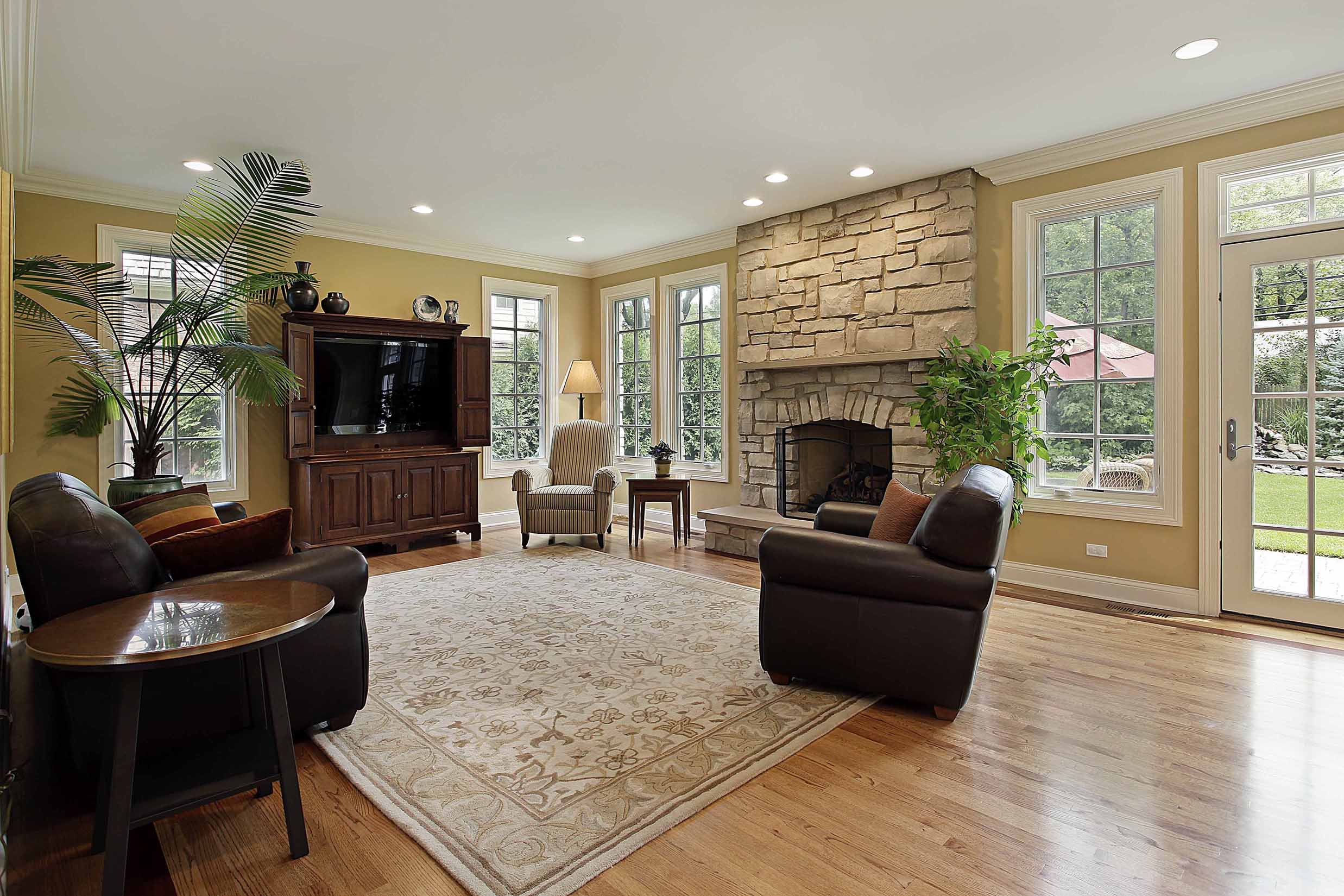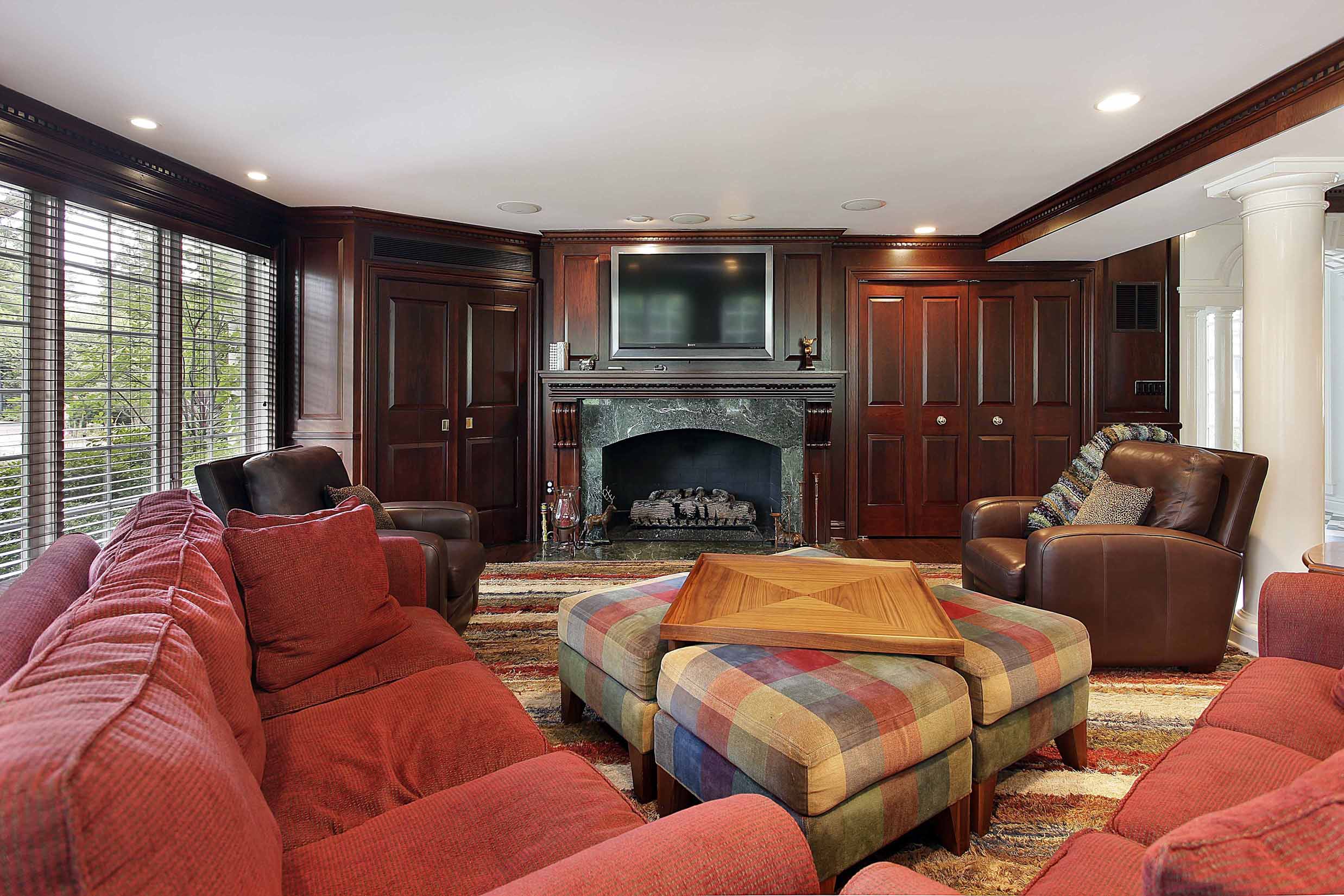
While using this site, you agree to have read and accepted our Terms of Service and Privacy Policy. Copyright 2024 by loanbliss.com. All Rights Reserved.
This licensee is performing acts for which a real estate license is required. C2 Financial Corporation is licensed by the California Bureau of Real Estate, Broker # 01821025; Colorado Division of Real Estate; Florida Office of Financial Regulations, OFR# MLD1136; Oregon Division of Finance, DFR# ML-4917; Washington Office Department of Financial Institutions, DFI# CL-135622; Mississippi Department of Banking and Consumer Finance; Michigan Department of Insurance and Financial Services, DIFS# FL0023565, SR0023566; NMLS# 135622, Texas Department of Savings and Mortgage Lending #84095, Tennessee Department of Financial Institutions #84095. Loan approval is not guaranteed and is subject to lender review of information. All loan approvals are conditional and all conditions must be met by borrower. Loan is only approved when lender has issued approval in writing and is subject to the lender conditions. Specified rates may not be available for all borrowers. Rate subject to change with market conditions. C2 Financial Corporation is an Equal Opportunity Mortgage Broker/Lender. The services referred to herein are not available to persons located outside the states of CA, CO, FL, OR, WA, MS, MI, TX or TN. C2 Financial Corporation has the ability to broker VA loans based on their relationship with VA approved lenders. C2 Financial Corporation is not acting on behalf of or at the direction of HUD/FHA or the Department of Veteran’s Affairs.
12230 El Camino Real Suite 100, San Diego, CA 92130 | 866-387-9148 | info@loanbiss.com | c2financialcorp.com | nmlsconsumeraccess.org







